The Cape Coral Beach & Yacht Club is an accessible area with concrete slabs connecting the picnic tables, the boat launch, a fishing pier, and the pool. There are beach wheelchairs available at the pool, and there is a handy sign that also says this when you are pulling into the parking lot. On the weekends, this is a popular spot to cool down and there isn’t a tide besides a few ripples, so it is very family-friendly as well. I did not see any areas that got you close to the beach (like I have sighted throughout the rest of the article), but you can go along the perimeter where there is a concrete sidewalk. The restrooms do have a large, slightly narrow accessible stall that also includes a sink within. I do like this amenity with the sink included in the bathroom, which is a common practice in at least Southwest Florida because it makes the experience more private for our needs.
The Four Mile Cove Ecological Preserve and Iraq War Monument in Cape Coral is a great way to experience the recent history of our country and the outdoors within the mangrove forest in a wheelchair. The Iraq Monument and the path is conducive to both power and manual wheelchairs and is easy to follow. The trail features different ‘check points’ along the trail giving facts about the forest. There are also a few lookout spots, but unfortunately, they have immovable benches that would obstruct a larger wheelchair from getting to the end of the platform. The trail is about a mile, and at the end of the trail, I would advise going back the way you went in. The trail that leads out of the preserve is made up of loose shells and it was very hard to push my wheelchair manually through it. It is a great trail, just with a few small downfalls. It also has large wheelchair accessible restrooms in the parking area and kayak rentals for the river on the weekends.
A great adventure and my favorite experience thus far was when I went with my sister kayaking with the manatees. Manatees are most populated in the winter months from November to March in the rivers and gulf streams. They like to stay warm and they gravitate toward the power plants. I went to Manatee Park in North Fort Myers and we had a blast. We decided to pack lunch and drinks in a cooler ahead of time so we could spend as much time on the water as possible. There are some ‘vending machine’ type foods in the gift shop, but I think it’s fun to pack a lunch and explore. Also, remember to pack a hat, sunglasses, and sunscreen because the sun reflects right off the water. The area also has an accessible trail all around the entire park for all types of accessibility needs of travelers and a large wheelchair accessible restroom attached to the parking lot. One of the marked, paved trails leads directly to where they launch the candy-colored blue, red, and yellow kayaks.
Each kayak is wide enough for persons of any size and very stable. It is a floor transfer, meaning you need to transfer yourself using your upper body or have someone help guide you down to the kayak if you have limited arm strength. They rent out single and double kayaks, so you can go with another person if you have muscle weakness in your upper extremities and still be able to enjoy the wildlife. Two people will help with getting your kayaks in the water, helping with life preservers, and stabilizing your kayak. The prices are very reasonable and you get charged with how much time you are out on the water, so depending on your skill level and stamina, you can go for a short paddle or a longer one. You launch out of a shallow lagoon into the mangrove tunnel, which reminds me of a mythical forest. I swear we almost saw fairies. Then you go through a narrow bridge (only big enough for one kayak, single file) and into the river.
A short paddle later, we were able to see a few manatees and some of them have trackers on their backs to notify boaters and observe their patterns. They are prone to being hit by boaters because they are mammals and they need to come to the surface to breathe. They can hold their breath for up to 20 minutes, so if you see one surface they will likely come up again. We even got to see a newborn manatee learning how to feed! It was the length of the kayak and has a large paddle for movement. They are endangered and it is illegal to touch, trap, feed, or otherwise distract the manatee from what they do naturally. So please, just observe the wildlife. A fun fact: Do you know what animal the manatee is closest to? It’s an elephant, surprise!
We also saw a 10-foot alligator, a turtle sunbathing with its feet stuck out, and lots of birds. We stayed out for 2 hours and enjoyed ourselves in a relaxing setting. The transfer back out of the kayak is harder. If you physically can’t do the transfer up and over the lip of the kayak, I would suggest ‘rolling out’ on your stomach first to get out. Then, after you and your legs are safely out of the kayak, you do a floor transfer back into your wheelchair. I set myself up in an Indian-style position and use someone’s knee, a chair, and a railing as leverage to hoist myself back into my wheelchair. I think it is extremely important to master the floor transfer (unassisted or if you have to minimally assist) as soon as you can; it is the key to independence and opens up a lot more activities to experience.
Another popular spot is Fort Myers Beach. This is one of my favorite and most accessible areas in Southwest Florida, aside from the shops. When you drive down, between every few streets there is accessible parking with a small tarred parking lot and a ramp to the beach. This is a great feature wherever you stay in the area. In the center next to the fishing pier (when you get off of the bridge and go to the right), there is a fully accessible large women’s and men’s restrooms as well as a green, tightly webbed, and netted plastic ramp to get out on the beach. The sand is softer, so the front wheels will sink into the fine sand. I usually stay in my chair on the ramp, which goes out in an ‘L shape’ or I do a floor transfer onto a towel. There are beach chairs available, and I would advise calling ahead. Also, there are great parking areas that have tar parking lots for easy access, and if you have a disabled plate, you have free parking.
Some of the restaurants and shops are accessible on Fort Myers Beach, while others have narrow doorways or patio entrances. Also, the central bathrooms are your best bet, most of the restaurants that are close to the fishing pier are not very big. The fishing pier is fully accessible and does not have a steep ramp. It is very wide and a great area to look out at sunset. Also, there are many fun, quick food places with a view or a place to grab a drink with friends.
The island of Sanibel and Captiva is a popular tourist attraction in Southwest Florida and it is heavily peppered by tourists during the winter months. Yes, there will be traffic, but just be patient. The views alone going over the bridge to get to the white sand beaches are worth it. Speaking of the bridge, if you are someone that wants to use a hand cycle instead of driving, I would advise you to drive over the first bridge (it is so steep!), have lunch at one of the roadside white sand beaches, and go for a cruise. I am planning to do this as soon as the tourist season dies down, and I know of a friend that has done it in a handcycle. Alas, there are beautiful white sand beaches, covered with shells and you will see people doing ‘the Sanibel stoop’. I would advise watching the tides because when the tide is out and the sand becomes hard enough, I have been able to roll on it in my manual wheelchair. I’m not sure if it would work in a power wheelchair. In Sanibel the beach that is to the left as you get off the bridge, (the one with the lighthouse), you can get pretty close to the water, within a few hundred feet.
This was one of the best moments I have had since I got paralyzed. I was able to roll alongside my mom and go shelling. It was an amazingly liberating experience. It is something I have missed for the last 8 years, and we were too happy to cry. It was surreal. I have had dreams of physically putting my toes in the sand and watching the waves slosh over them, bubbling at the end of the wake. It was slightly saddening that I couldn’t feel the rush, the coolness, or the squishy sand, but I smiled because I remembered what it felt like. I have always been a ‘water baby’, jumping in the waves and staying in until I was all pruned. This was one of those days, sinking into the sand as I become one with the ocean. I made deep divots that when I pulled back from the surf made a lovely slurp sound; ‘I have left my footprints’, I thought. It is these little moments that make the best memories.
They also have restrooms at this beach, but they were hard to get to over the shell parking lot that is closest to the water. If it is a busy day you might have to park in one of the back parking lots, which could be a far push for some users. There is another beach that is further down that is called Tuckerman’s, it is a more populated beach and does not have the same charm. On a side note, there isn’t a lot of tar on the island because it is mostly crushed shells. A thin layer of crushed shells isn’t bad to roll on, but when it gets thicker it can be harder to get traction. I would recommend a freewheel for an independent movement or ask someone to help.
The unfortunate part is that the places to eat on Sanibel are mostly very small and borderline, barely accessible. I prefer to pack a lunch and go for drinks and appetizers at Ford’s in Captiva. I prefer one of their signature rum drinks and they also have good non-alcoholic options, too. The Yucatan shrimp appetizer is delicious, I always ask for extra bread. The food is great there and very accessible entrance, accommodating with outdoor seating and restrooms. One of the attractions on the island is a place called the Bubble Room. This is not an accessible restaurant. The restrooms are too small even for a manual chair, the seating is too close together, and there is a deep layer of shells in the parking lot, a narrow yellow bridge to go over and crash into the back wall… Do not go there unless someone is carrying you in.

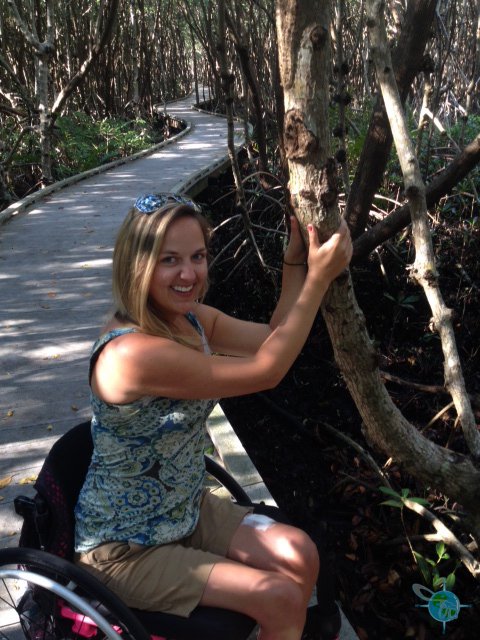
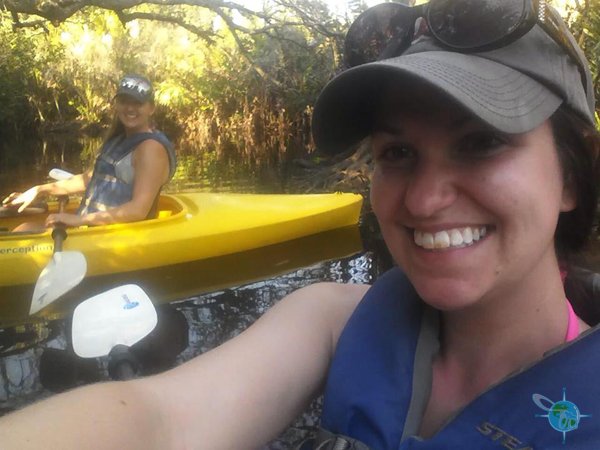
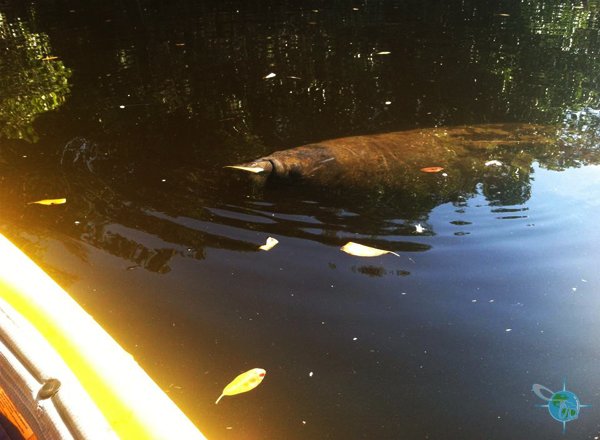
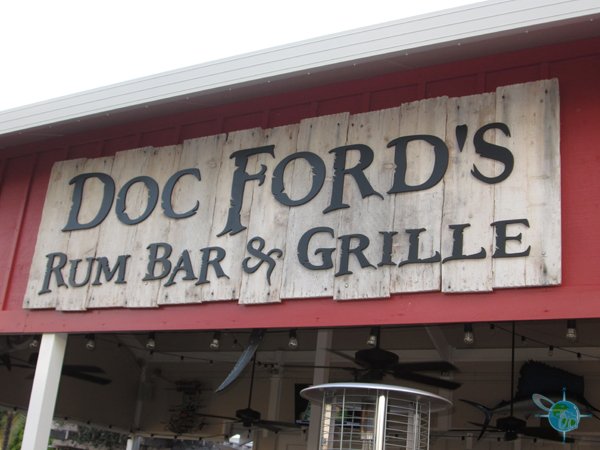
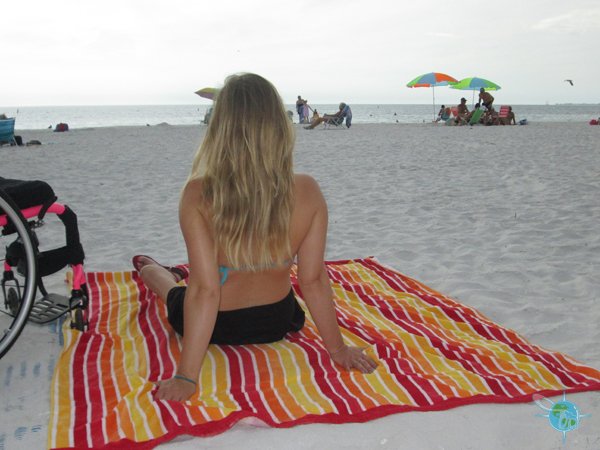
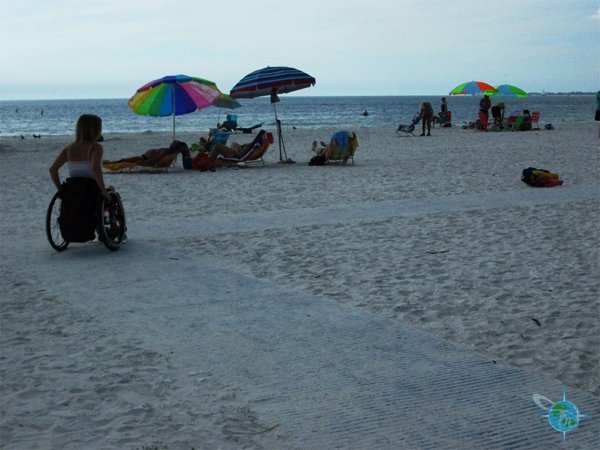
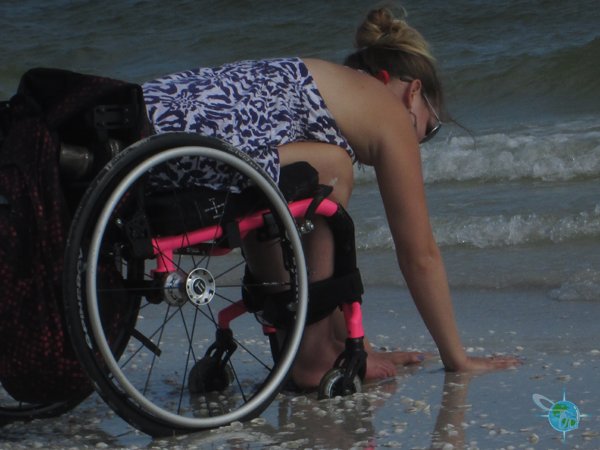
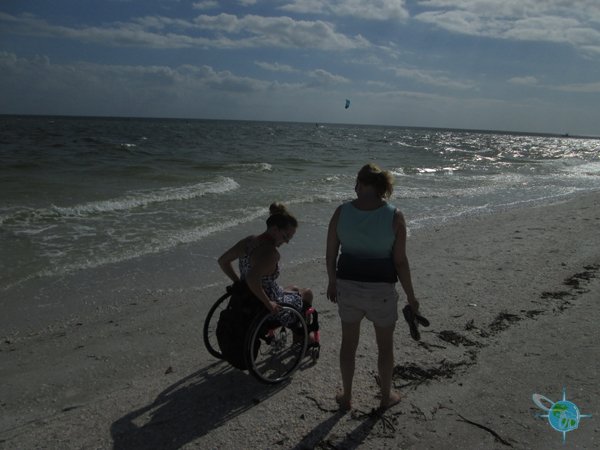


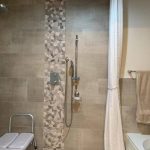
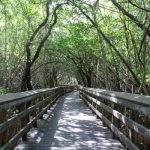
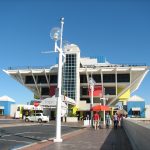
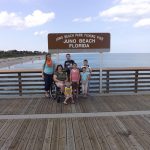
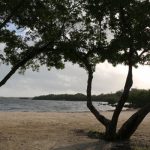
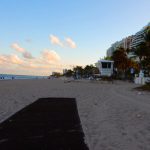

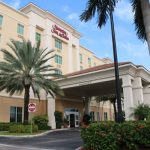
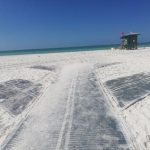



I lived in N Ft Myers, FL for 20 years but had to move back home to NH when My Sister fell ill! I am looking to rent a small accessible efficiency or small apt from Jan to the end of April each Year starting in 2015? Any Help You Good give Me or point Me in the right direction would be Great!! I really Miss living down their. I Love NH & the Lakes in the Summer, But the Winters are to much for Me up here. I don’t like Cold Snowy Weather and Ft Myers/SW Florida is one… Read more »
Hi Monica! As Alan I am also interested in renting a place somewhere warm in January, Ft Myers sound pretty interesting.I would appreciate it if you could give me as much information as possible Re. where to stay within careful budget, what to do, and everything that might help! Thank you!
Jan
In February 2016 we moved our wheelchair accessible boat building facility to Ft Myers. We now have several boats available for Fishing and Cruising Charters. The boats can be boarded at most any launch ramp in your chair. No Transfers! Manual, power and Track chairs are accepted. Visit http://www.adaboats.com